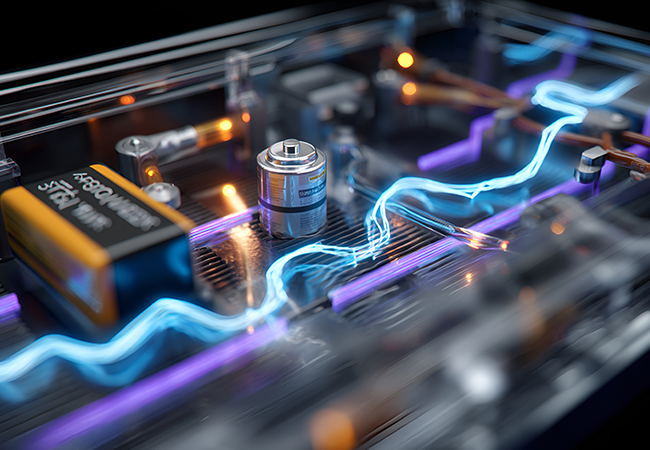In lithium battery systems, the accuracy of SOC (State of Charge) estimation is a critical measure of Battery Management System (BMS) performance. Under varying temperature environments, this task becomes even more challenging. Today, we dive into a subtle but important technical concept—zero-drift current, which significantly affects SOC estimation accuracy.
What Is Zero-Drift Current?
Zero-drift current refers to the false current signal generated in an amplifier circuit when there is zero input current, but due to factors like temperature changes or power supply instability, the static operating point of the amplifier shifts. This shift gets amplified and causes the output to deviate from its intended zero value.
To explain it simply, imagine a digital bathroom scale showing 5 kg of weight before anyone even steps on it. That “ghost” weight is equivalent to zero-drift current—a signal that doesn't actually exist.

Why Is It a Problem for Lithium Batteries?
SOC in lithium batteries is often calculated using coulomb counting, which integrates current over time.
If zero-drift current is positive and persistent, it may falsely raise SOC, tricking the system into thinking the battery is more charged than it actually is—possibly cutting off charging prematurely. Conversely, negative drift may lead to underestimated SOC, triggering early discharge protection.
Over time, these cumulative errors reduce the reliability and safety of the battery system.
Although zero-drift current cannot be completely eliminated, it can be effectively mitigated through a combination of approaches:

- Hardware optimization: Use low-drift, high-precision op-amps and components;
- Algorithmic compensation: Dynamically adjust for drift using real-time data like temperature, voltage, and current;
- Thermal management: Optimize layout and heat dissipation to reduce thermal imbalance;
- High-precision sensing: Improve the accuracy of key parameter detection (cell voltage, pack voltage, temperature, current) to reduce estimation errors.
In conclusion, precision in every microamp counts. Tackling zero-drift current is a key step toward building smarter and more reliable battery management systems.
Post time: Jun-20-2025





